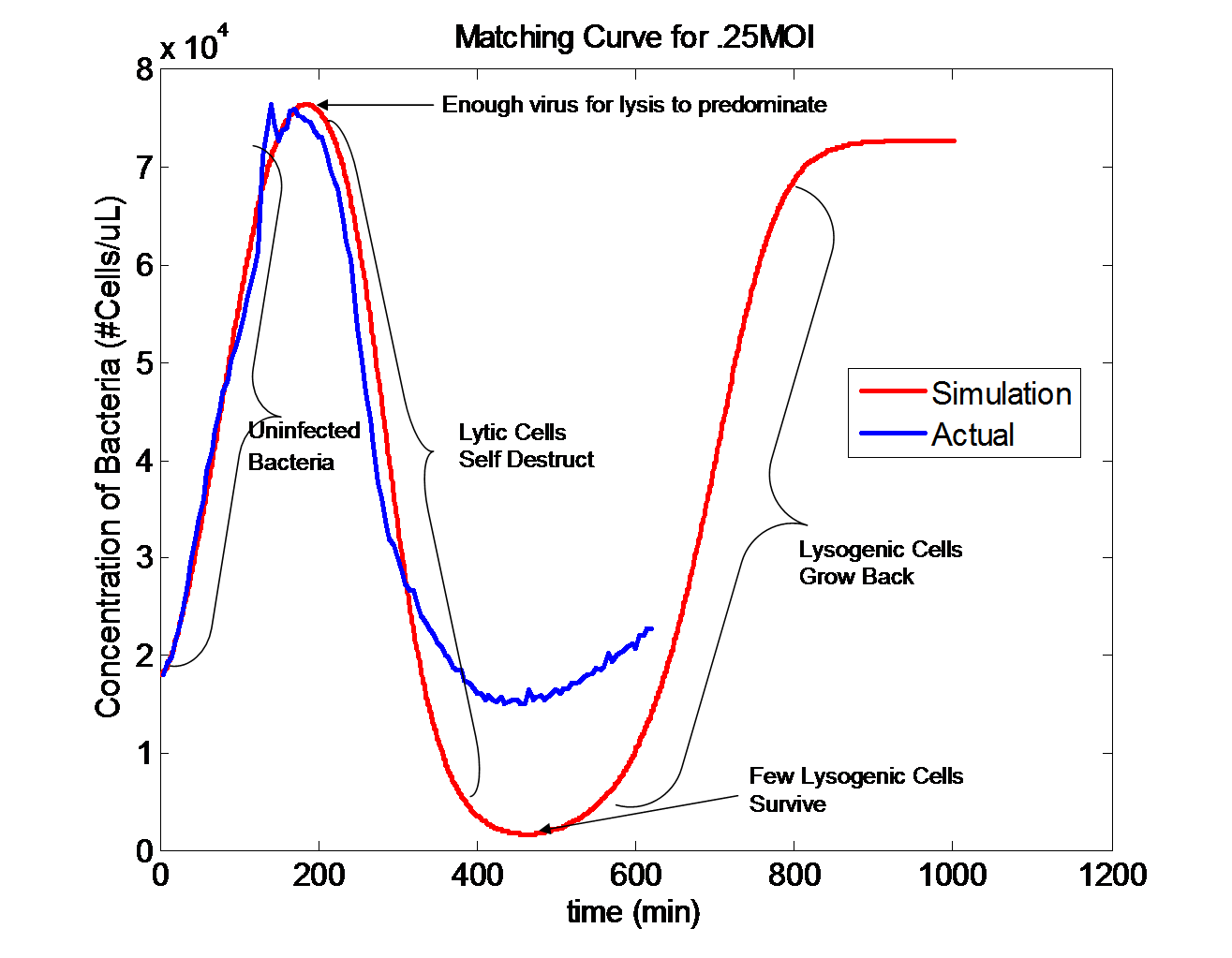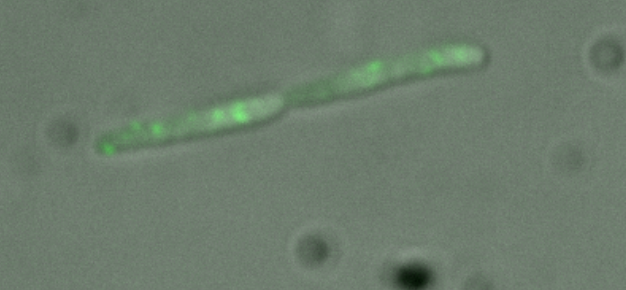Virginia Tech
From 2007.igem.org
(Difference between revisions)
BlairLyons (Talk | contribs) m |
BlairLyons (Talk | contribs) m |
||
| (5 intermediate revisions not shown) | |||
| Line 1: | Line 1: | ||
<html><center></html><!--first table: Title--> | <html><center></html><!--first table: Title--> | ||
| - | {| style="border: | + | {| style="border: 0px solid #FFCC66; width: 750px; color: #000000; background-color: #FFFFFF;" |
| Line 7: | Line 7: | ||
<center>[[Image:Title_bar.JPG]]</center> | <center>[[Image:Title_bar.JPG]]</center> | ||
| - | |||
| - | |||
|} | |} | ||
| Line 54: | Line 52: | ||
|}<html></center></html> | |}<html></center></html> | ||
| - | <!--third table: Content--> | + | <!--third table: Content 1--> |
{| cellspacing="0px" border="0" style="width: 880px; color: #000000; background-color: #FFFFFF;" | {| cellspacing="0px" border="0" style="width: 880px; color: #000000; background-color: #FFFFFF;" | ||
<!--first cell of the third table: Space--> | <!--first cell of the third table: Space--> | ||
| - | | style="width: | + | | style="width: 0px; background-color: #FFFFFF" | |
| - | <!--second cell of the third table: Content--> | + | <!--second cell of the third table: Content 1--> |
| style="padding: 20px; background-color: #FFFFFF;" | | | style="padding: 20px; background-color: #FFFFFF;" | | ||
| - | |||
| - | + | '''<html><center><font size="5" color="#8b0000">The 2007 Virginia Tech iGEM team welcomes you to our Wiki! </font><br><br><font size="4">Look around to learn about our 2007 project: Engineering an Epidemic.</font></center></html>''' | |
| - | + | ||
| + | |||
| + | <!--nested table: Content 2--> | ||
| + | {| cellspacing="0px" border="0" style="width: 880px; color: #000000; background-color: #FFFFFF;" | ||
| + | |||
| + | <!--first cell of the nestedtable: Space--> | ||
| + | | style="width: 50px; background-color: #FFFFFF" | | ||
| + | |||
| + | <!--second cell of the nestedtable: left column--> | ||
| + | | style="padding: 20px; width: 400px; background-color: #FFFFFF" | | ||
| + | |||
| + | [[Image:InfectionMatch.png|thumb|300px|center|'''Matching infection in a single population.''' Go to our | ||
| + | [[Virginia_Tech/model|modeling page]] to learn more.]] | ||
| + | |||
| + | <html><center></html><h3>Modeling and Epidemiology</h3> | ||
| + | This year, our team worked on engineering an epidemic by simulating the spread of an infection in a biological model system. Our model has multiple levels, which we matched to experimental data one at a time. Click [[Virginia_Tech/model|here]] to read more about our modeling experience.<html></center></html> | ||
| + | |||
| + | <!--third cell of the nested table: divider--> | ||
| + | | style="width: 5px; background-color: #FFFFFF;" | | ||
| + | |||
| + | <!--fourth cell of the nested table: right column--> | ||
| + | | style="padding: 20px; width: 400px; background-color: #FFFFFF;" | | ||
| + | |||
| + | [[Image:Ecoli phage.PNG|thumb|center|350px|'''''E.coli'' infected with fluorescent phage.''' This cell is lytic: the green spots are new phage particles being constructed prior to lysis.]] | ||
| + | |||
| + | <html><center></html><h3>Using a Biological Model System</h3> | ||
| + | λ phage and ''E. coli'' constitute our model system. λ phage has two infection pathways: lysis and lysogeny. A lytic cell will burst shortly after infection, while a lysogenic cell stays dormant. In order to find out which pathway had been chosen in our bacteria, we constructed a [[Virginia_Tech/plasmid_design|reporter plasmid]].<html></center></html> | ||
|} | |} | ||
| - | <!--fourth table: | + | |
| + | |||
| + | <!--fourth table: Divider--> | ||
{| cellspacing="0px" border="0" style="width: 880px; color: #000000; background-color: #FFFFFF;" | {| cellspacing="0px" border="0" style="width: 880px; color: #000000; background-color: #FFFFFF;" | ||
<!--first cell of the fourth table: Space--> | <!--first cell of the fourth table: Space--> | ||
| - | | style="padding: 5px; width: | + | | style="padding: 5px; width: 50px; background-color: #FFCC66; border: 0px solid #000000;" | |
| - | <!--second cell of the | + | |} |
| + | |||
| + | |||
| + | |||
| + | <!--fifth table: Sponsors--> | ||
| + | {| cellspacing="0px" border="0" style="width: 880px; color: #000000; background-color: #FFFFFF;" | ||
| + | |||
| + | <!--first cell of the fifth table: Space--> | ||
| + | | style="padding: 5px; width: 50px; background-color: #FFFFFF; border: 0px solid #000000;" | | ||
| + | |||
| + | <!--second cell of the fifth table: Other Sponsors--> | ||
| style="padding: 5px; background-color: #FFFFFF; border: 0px solid #000000;" | | | style="padding: 5px; background-color: #FFFFFF; border: 0px solid #000000;" | | ||
| Line 105: | Line 140: | ||
| - | <!--third cell of the | + | <!--third cell of the fifth table: Third Security--> |
| style="padding: 5px; width: 0px; background-color: #FFFFFF; border: 0px solid #000000;" | | | style="padding: 5px; width: 0px; background-color: #FFFFFF; border: 0px solid #000000;" | | ||
<html><a href="http://www.thirdsecurity.com"><center><img src="https://static.igem.org/mediawiki/2007/a/a4/Sponsor_3rdsec2.JPG" width="150"> | <html><a href="http://www.thirdsecurity.com"><center><img src="https://static.igem.org/mediawiki/2007/a/a4/Sponsor_3rdsec2.JPG" width="150"> | ||
<br></br><img src="https://static.igem.org/mediawiki/2007/6/65/Sponsor_3rdsec1.JPG" width="200"></center></a></html> | <br></br><img src="https://static.igem.org/mediawiki/2007/6/65/Sponsor_3rdsec1.JPG" width="200"></center></a></html> | ||
| + | |||
|} | |} | ||
Latest revision as of 04:03, 26 October 2007
 |
|
Look around to learn about our 2007 project: Engineering an Epidemic.
|












